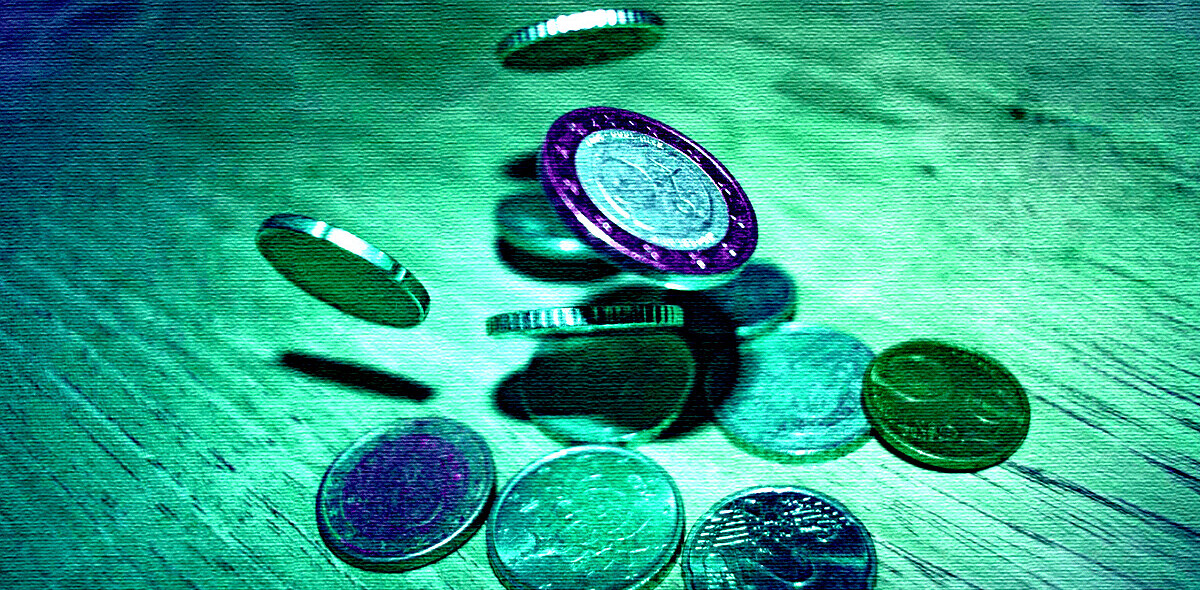
Congratulations. After the long, arduous, ideating-to-prototyping slog, from building and testing to scrapping your way to meet funding goals to creating some sort of momentum and hype through PR, your product has finally been released to the masses.
But hold on, young jedi. While the perfect world scenario would have you breathing a sigh of relief, relaxing and enjoying the spoils of victory, a product launch is hardly ever the end – especially in terms of sustaining brand awareness and relevance.
There are several different factors to consider post-launch that can greatly impact your future success, but it’s prudent to narrow it down to the three of the most crucial, which all work in distinctive, yet sequential ways to better define and bolster your brand.
Always be iterating, innovating
As in jiu jitsu or chess, thinking a few steps ahead is just as pivotal in your path to victory in the startup world. While the process of ideating and creating your initial product, service, platform or app was surely painstaking enough, planning its next iteration and any subtle or significant next-phase innovations that come with it is a must.

Whether physical or virtual, a product will, in almost all cases, need technical and functional improvements, added features and other enticing elements to keep it and your brand relevant and in the game, if not ahead of it. Rather than make your launch a singular, one-sided event, you should already have designed and started testing out potential next phases while, most importantly, continually engaging your customer base. Perhaps these tips can help you along the way:
- Set consistent, realistic deadlines: Each phase of developing version 2.0 of your product should be frequently met with reviews in-house, whether it’s bi-weekly or monthly.
- Keep it simple, yet notable: The desire to add multiple new features to keep up pace with the market can result in a bloated, confusing product. Adding a few useful, unique features will help retain your original product’s integrity and value proposition while rejuvenating public interest.
- Embrace customer feedback, but don’t let it overwhelm you: A customer’s viewpoints on things such as product experience and functionality can help steer the direction of your next iteration, but don’t let their reactions – whether positive, negative or completely scathing – on social media, comment threads, etc. divert you dramatically from your intended vision.
Feedback fuels customer connection
The customer is obviously the most crucial component in the product cycle. Their feedback on your initial offering is the most direct way to inform – but not control – your decisions moving forward, from both strategic and creative standpoints. There are several ways to incorporate customer feedback into your future product development process.

Engaging customers in a feedback loop, where you’re consistently communicating and addressing problems, offering solutions and continuing the conversation on potential product adjustments, not only helps forge and solidify relationships, but can foster your brand’s ethos and how you function as a company.
Self-realization helps build your brand
While the customer experience and product itself can help paint a picture of your brand’s work ethic and creativity, the internal champions behind the scenes are equally important in defining who you actually are as a brand beyond the consumers, influencers, critics and tastemakers.
The creators and producers within who share the same passion for your company and product are equally crucial catalysts to building your brand and nurturing a sense of self-awareness in the process. Remember, your brand is not defined by some hackneyed backstory that’s been told in multiple variations a thousand times over to make fanboys and press drool, but by the people who comprise your brand, who buy your product, who sing its praises or deride its use, that will continue to drive the narrative to maintain interest well beyond your initial launch.
Sustain momentum
While it’s easy to bask in momentary glory, remaining static with your efforts after launch will only work to your disadvantage. Though you may not have the budget and resources of say, a Google or Apple, that shouldn’t deter you from thinking of how to retain public interest and keep things fresh at a time when short attention spans reign supreme.
With the initial PR/marketing efforts behind you, the investments (hopefully) recouped and the launch buzz quelled, the time is now to be agile, be engaging, create conversation through the multiple platforms provided and let your story naturally unfold as you get set to unveil the next chapter.
Your respite can wait.
Get the TNW newsletter
Get the most important tech news in your inbox each week.





